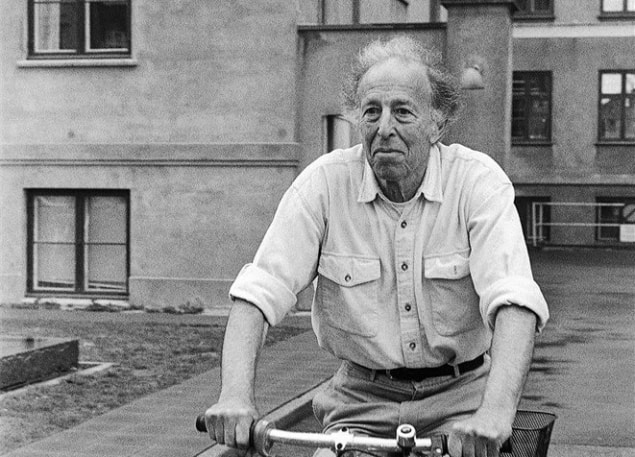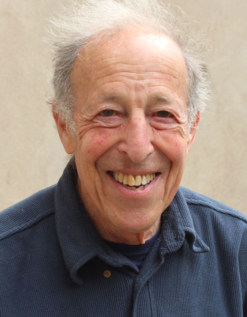
The American-Danish physicist and Nobel laureate Ben Roy Mottelson died on 13 May at the age of 95. Mottelson made critical contributions to determining and understanding that certain nuclei could have asymmetrical shapes. The work earned him a share of the Nobel Prize for Physics in 1975.
Born in Chicago on 9 July 1926, Mottelson received a BSc in physics from Purdue University in 1947. He then carried out a PhD in nuclear physics at Harvard University under the supervision of Julian Schwinger. After graduating in 1950, Mottelson moved to the Institute for Theoretical Physics in Copenhagen, joining CERN’s theoretical study group in Copenhagen in 1953.
Four years later, Mottelson took up a post at the newly formed Nordic Institute for Theoretical Physics (Nordita), where he remained for the rest of his career.
A ‘collective model’
It was in the early 1950s that Mottelson carried out his Nobel-prize-winning research, the roots of which can be traced back to work done by the Danish scientist Niels Bjerrum, who in 1912 was the first to recognize that the rotation of molecules is quantized. Later, in 1938, Edward Teller and John Wheeler observed similar features in the spectra of excited nuclei, which they suggested was caused by the nucleus rotating.

But a more complete explanation for this effect had to wait until 1950 and 1951 when Åage Bohr from the University of Copenhagen and James Rainwater from Columbia University pointed out that the rotation is a consequence of the nucleus deforming from its spherical shape. Their work challenged the widely accepted theory that all nuclei are perfectly spherical.
Bohr and Rainwater independently began to develop a theoretical model of the nucleus that combines the individual and collective motions of the neutrons and protons inside it. They did this by bringing together the liquid-drop model of the nucleus – which pictures the nucleus as an incompressible fluid – with the shell model.
Using this “collective model” of the nucleus, the duo showed how individual nucleon orbits can exist in a nucleus with non-spherical, liquid-drop properties. Mottelson then worked with Bohr to confirm that the theoretical models agreed with experimental data of energy levels in certain nuclei. Aage Niels Bohr: 1922–2009
For their work, Bohr, Mottelson and Rainwater shared the 1975 Nobel Prize for Physics “for the discovery of the connection between collective motion and particle motion in atomic nuclei and the development of the theory of the structure of the atomic nucleus based on this connection”.
In addition to the Nobel prize, Mottelson also received the Atoms for Peace Award in 1969 and the John Price Wetherill Medal from the Franklin Institute in 1974. Mottelson worked with Bohr on a two-volume monograph –Nuclear Structure. The first volume – Single-Particle Motion – appeared in 1969 while the second volume, Nuclear Deformations, was published in 1975.



